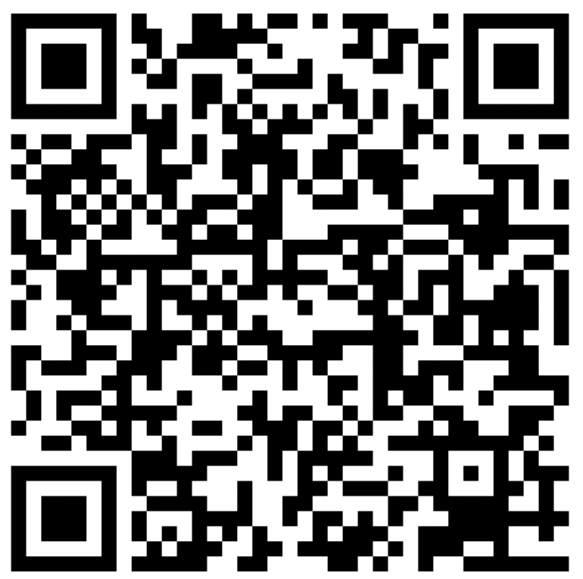Network Connecting Devices
Network inter-connecting devices are used to establish and operate the network. We need several hardware components in order to setup a network environment. Various devices and components are used for interconnecting several units of a network. Some of them are explained below:
Network Inter-Connecting Devices
1. Network Interface Card (NIC): NIC is a device that connects computer and network cable. The cards are installed in an expansion slot in each computer or are built into the system. The NIC coordinates the transfer of information between the computer and the network. Each NIC is assigned a unique physical address called MAC address. The functions of the Network Interface Card are:
- Prepare data from the computer for the transmission in network cable.
- Send/receive the data to another computer through network cable
- Control the data flow between the computer and the transmission system.
2. MODEM: MODEM stands for MOdulator and DEModulator. It is a device, which converts analog signal into digital and vice versa. It translates data from digital data (binary codes) to analog data that can be transmitted over the telephone network and translates analog data into digital data (binary codes). Modulation is the process of converting data from binary (digital) to analog and demodulation is the reverse process. MODEM is required when digital data i.e. binary codes stored in the computer has to be transmitted in the form of analog signal in medium like traditional telephone system. When all the telephone line become digital, the MODEM will no longer be necessary.
3. Hub: Hub is a connectivity device with multiple ports for connecting computers in a star topology. It accepts data, amplifies them and then broadcasts to several other workstation. It is also used to split network segments and propagate signals through it. Its major limitation is that it can't filter network traffic which cause impacts to the number of computer that is connected with it.
4. Router: Router is used to connect two or more different networks together. Its main job is to find out the best route (path) that can be used for transmission. Router manages a routing table, which is used to mine the most efficient routes to the various network nodes. In general, routers are responsible for getting traffic from here to there along the most efficient possible path. Router operates at the network layer of OSI (Open System Interconnection) model.
5. Switch: A switch is also called a switching hub, it selects the most direct path needed to send a data packet to its destination. It is also known as intelligent hub. When switch receives a data packet, it creates a direct connection between sender and receiver and forwards the data packet to the destination computer only.
6. Bridge: Bridge is used to connect two similar network segments together. It is the connecting device between hubs. It passes data packets between multiple network segments that use same communication protocol. A bridge is more intelligent than hub as it examines the destination address of each packet and only passes through those that need to get from one segment to the other. Bridges often used to reduce data traffic on a busy network.
7. Gateway: Unlike bridge, Gateway enables communication between networks using different network architectures. It act as a translator between networks using incompatible transport protocols. Thus helps to establish a network connection between two or more dissimilar networks.
8. Repeater: Repeater is a device that amplifies incoming signal that is being transmitted on the network. It is used to increase the length of the transmission media, in which data can be transmitted. It receives incoming signals, amplifies them and retransmits towards the receiver. For example, using a UTP cable, we can send data up to maximum of 100 meters without amplification. If the data travel beyond that distance without amplification, then it becomes weaker and after some time the signal will decay. So, in order to strengthen the incoming signal repeaters can be used.
9. Bluetooth: Bluetooth is a wireless technology used for exchanging data over short distances using short wavelength radio transmissions. We can exchange data between mobile and other devices, creating Personal Area Networks (PANS) with high levels of security. It is created by Ericsson in 1994 and follows wireless technology standards.
10. Wi-Fi: Wi-Fi refers to Wireless Fidelity. A Wi-Fi enabled device such as a laptop, mobile phone, smart phone can connect to the network or internet within the limited range. It uses radio wave to established communication between communicating devices. The coverage of Wi-Fi network depends on one or more interconnect access points.



